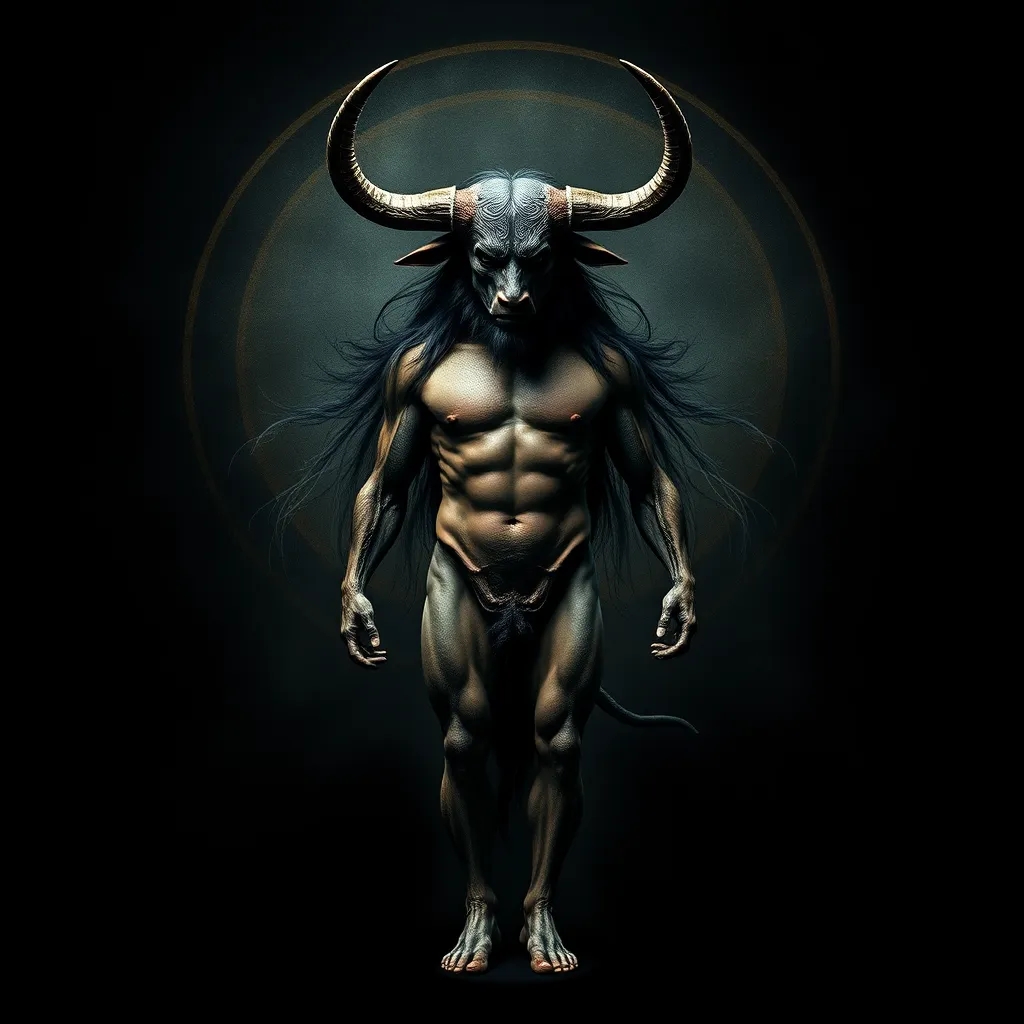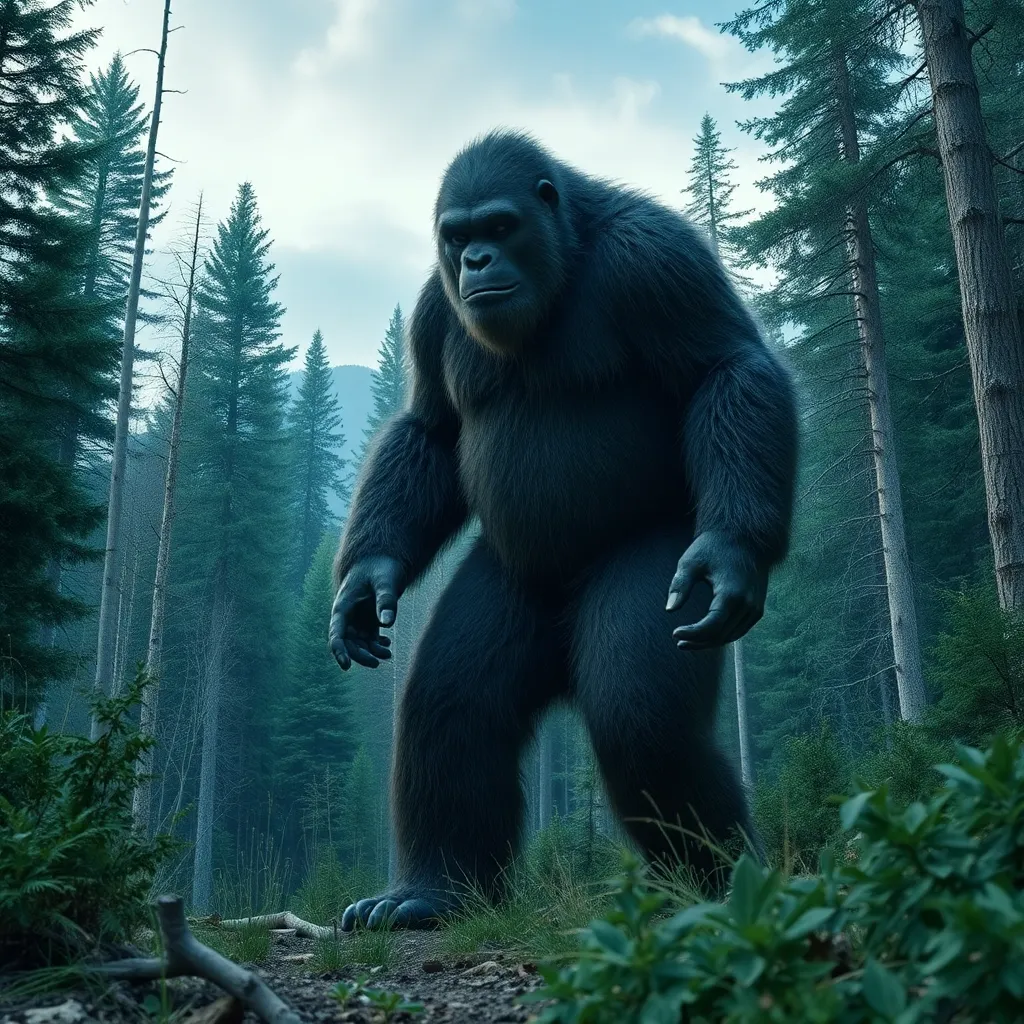The Minotaur’s Anatomy: Decoding the Symbolism of the Half-Man, Half-Bull
I. Introduction
The Minotaur, a creature of Greek mythology, has captivated the imagination of many through centuries of storytelling. This half-man, half-bull being is not just a monstrous entity but a symbol rich in meaning, reflecting the complexities of human nature and societal constructs. Understanding the Minotaur’s symbolic significance is crucial as it offers insights into various psychological, cultural, and philosophical themes that resonate through time.
This article aims to decode the symbolism of the Minotaur, exploring its origins, physical attributes, and the deeper meanings behind its existence. By examining the Minotaur through various lenses, we can appreciate its relevance in both ancient and modern contexts.
II. The Origins of the Minotaur Myth
The myth of the Minotaur is deeply rooted in the cultural and historical context of ancient Greece. It emerges from a blend of mythological narratives that highlight the interplay between gods, humans, and beasts.
A. Historical context and cultural background
- The Minotaur’s story is set in Crete, a significant center of Minoan civilization, known for its advanced culture and maritime prowess.
- The narrative intertwines with themes of power, sacrifice, and the consequences of hubris, prevalent in ancient Greek culture.
B. Key figures in the Minotaur’s story (King Minos, Daedalus, Theseus)
- King Minos: The ruler of Crete who commissioned the labyrinth to contain the Minotaur.
- Daedalus: The master craftsman who designed the labyrinth, showcasing human ingenuity in the face of monstrous challenges.
- Theseus: The hero who ultimately confronts and defeats the Minotaur, symbolizing the triumph of civilization over chaos.
C. The labyrinth as a central motif
The labyrinth is not merely a physical structure but serves as a powerful metaphor for confusion, entrapment, and the complexity of the human experience.
III. The Physical Attributes of the Minotaur
The Minotaur’s unique anatomy—a creature with the body of a man and the head of a bull—invites a closer examination of its physical attributes and their implications.
A. Description of the half-man, half-bull form
- The Minotaur is typically depicted with a muscular human body and the head of a bull, embodying a striking juxtaposition of strength and savagery.
- This hybrid form evokes a sense of the uncanny, representing the tension between civilization and primal instincts.
B. Analysis of the anatomical features and their meanings
- The Bull’s Head: Symbolizes power, aggression, and fertility, reflecting the animalistic side of human nature.
- The Human Body: Represents intellect, emotion, and the capacity for moral reasoning, signifying the duality within humanity.
C. The significance of duality in its form
The Minotaur’s dual nature highlights the struggle between civilized behavior and primal instincts, illustrating the conflict inherent in the human condition.
IV. Symbolism of the Bull in Mythology
The bull has held a significant place in various mythologies, often symbolizing strength, fertility, and virility.
A. The bull as a representation of strength and fertility
- In many cultures, bulls are associated with agricultural abundance and power, reflecting the importance of these traits in ancient societies.
- The bull’s association with fertility can be seen in rituals and celebrations that honor the earth and its bounty.
B. Cultural interpretations of the bull across different societies
- In Mesopotamian mythology, the bull was linked to gods like Gilgamesh, representing divine strength.
- The bull in Hinduism is associated with Lord Shiva, symbolizing both destruction and regeneration.
C. The juxtaposition of the bull’s traits with human characteristics
The Minotaur’s existence embodies a clash of these powerful traits with human emotions and intellect, creating a complex character that reflects both the best and worst of humanity.
V. The Human Element: Insights into Humanity
The Minotaur serves as a mirror reflecting human desires, fears, and the complexities of the psyche.
A. The Minotaur as a reflection of human desires and fears
- It represents the darker aspects of human nature—anger, desire, and the capacity for violence.
- The Minotaur’s confinement within the labyrinth underscores the human struggle against our inner demons.
B. Exploration of the psychological aspects of the Minotaur’s character
Psychologically, the Minotaur can be seen as a manifestation of repressed emotions and instincts, challenging the boundaries of rationality and morality.
C. The theme of monstrosity and the human condition
The Minotaur embodies the tension between monstrosity and humanity, prompting reflections on what it truly means to be human.
VI. The Labyrinth: A Symbolic Setting
The labyrinth plays a crucial role in the Minotaur’s myth, serving as a powerful symbol of life’s complexities.
A. The labyrinth as a metaphor for complexity and entrapment
- It represents the intricate paths of life that can lead to both enlightenment and confusion.
- The maze-like structure signifies the challenges one faces in navigating through personal and societal issues.
B. The connection between the Minotaur and the concept of the labyrinth
The Minotaur’s existence within the labyrinth symbolizes the entrapment of human emotions and the struggle to confront inner fears.
C. The journey of Theseus as a symbol of overcoming inner demons
Theseus’s journey through the labyrinth reflects the heroic quest to face and conquer personal challenges, representing the potential for growth and understanding.
VII. The Minotaur in Modern Culture
The Minotaur continues to influence contemporary literature, art, and film, showcasing its enduring legacy.
A. The Minotaur’s influence on literature, art, and film
- Numerous authors and artists have drawn inspiration from the Minotaur, using its symbolism to explore themes of identity, monstrosity, and the human experience.
- Films like “Pan’s Labyrinth” and “The Hunger Games” incorporate labyrinthine themes and monstrous characters that echo the Minotaur’s legacy.
B. Contemporary interpretations and adaptations of the myth
Modern adaptations often reinterpret the Minotaur’s story, focusing on themes of alienation, identity, and societal constructs.
C. The enduring legacy of the Minotaur in popular culture
The Minotaur remains a powerful symbol in popular culture, representing the struggle between chaos and order, and the complexities of human nature.
VIII. Conclusion
In summary, the Minotaur’s anatomy and symbolism offer profound insights into the human condition. From its origins in ancient mythology to its representation of duality, monstrosity, and the labyrinthine nature of existence, the Minotaur serves as a timeless reflection of our deepest fears and desires.
The relevance of the Minotaur’s symbolism in today’s society continues to resonate, prompting reflections on the complexities of identity, morality, and the human experience. Ultimately, mythological creatures like the Minotaur provide valuable frameworks for understanding our nature and the world around us.



